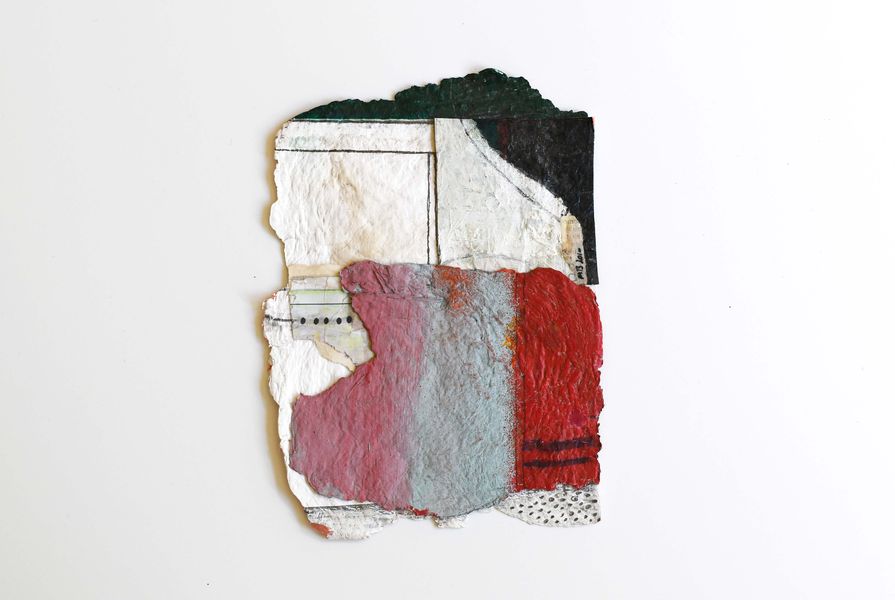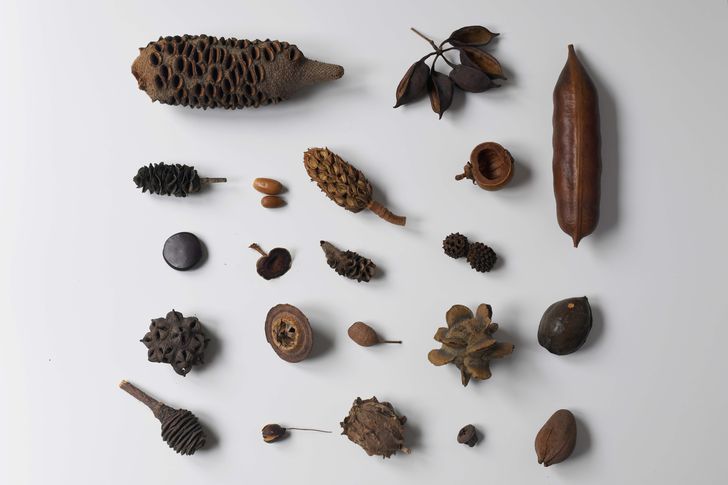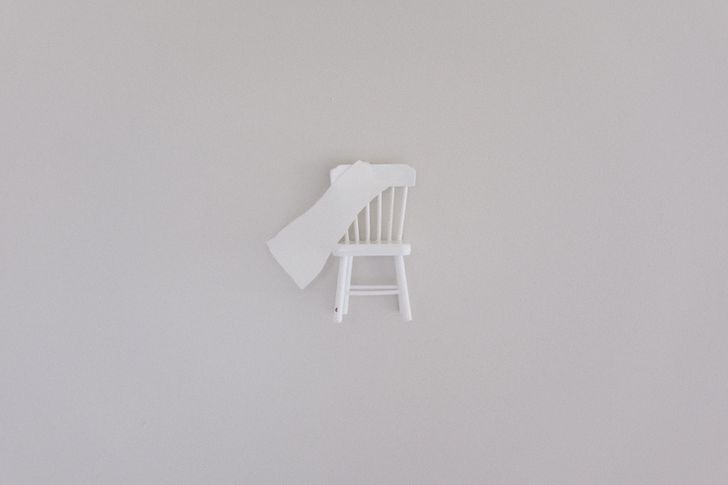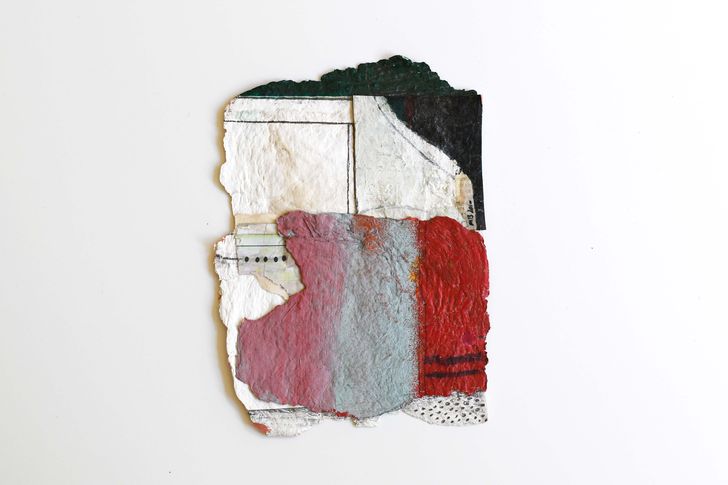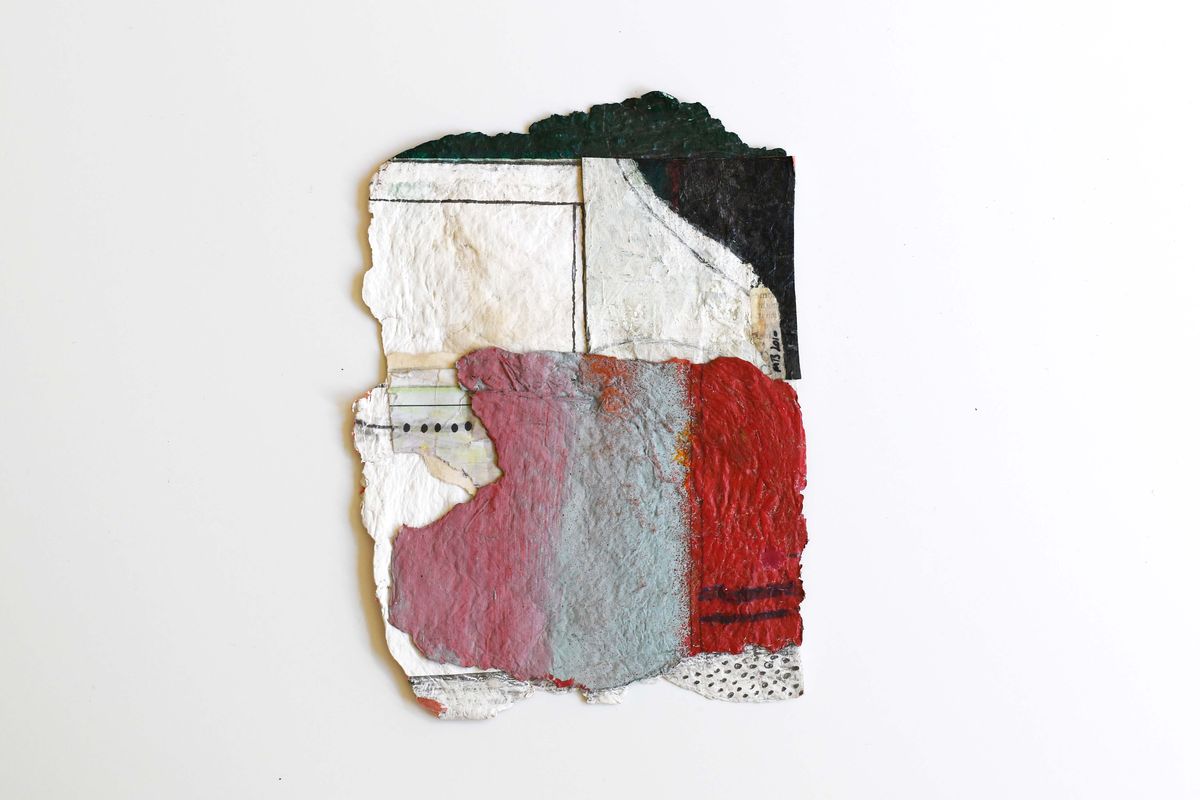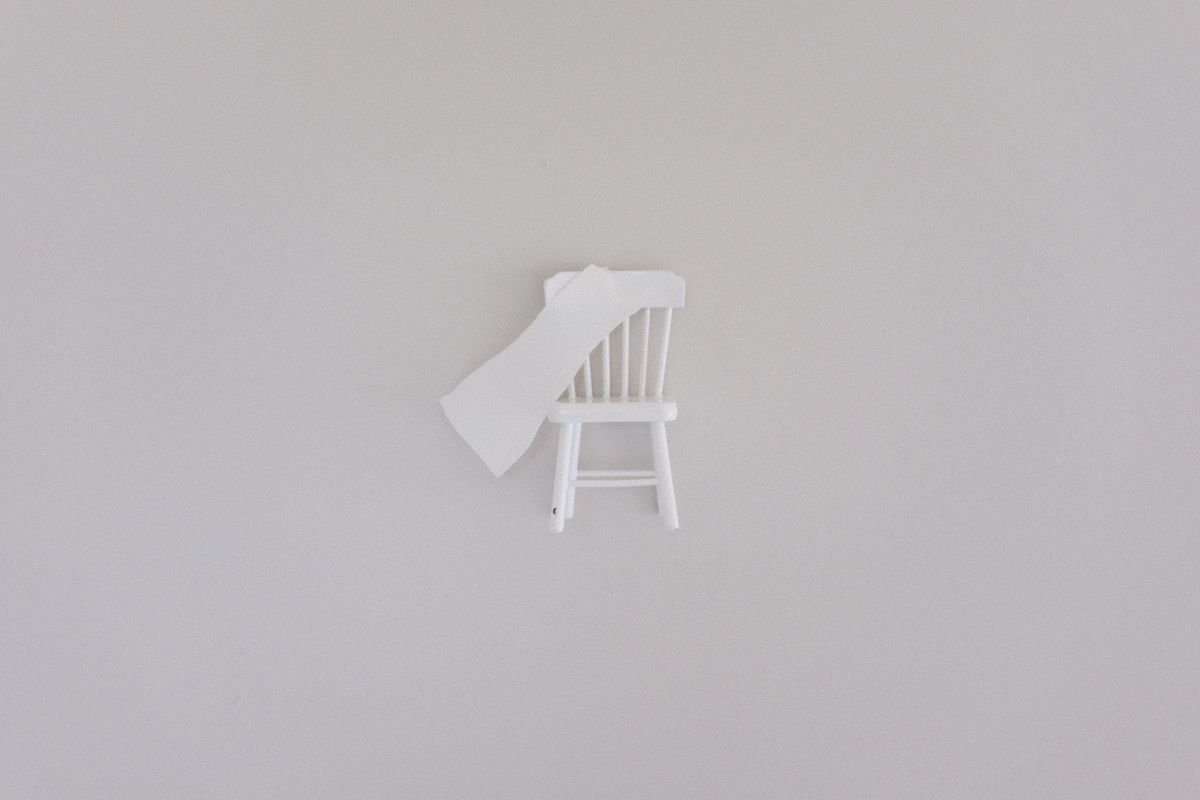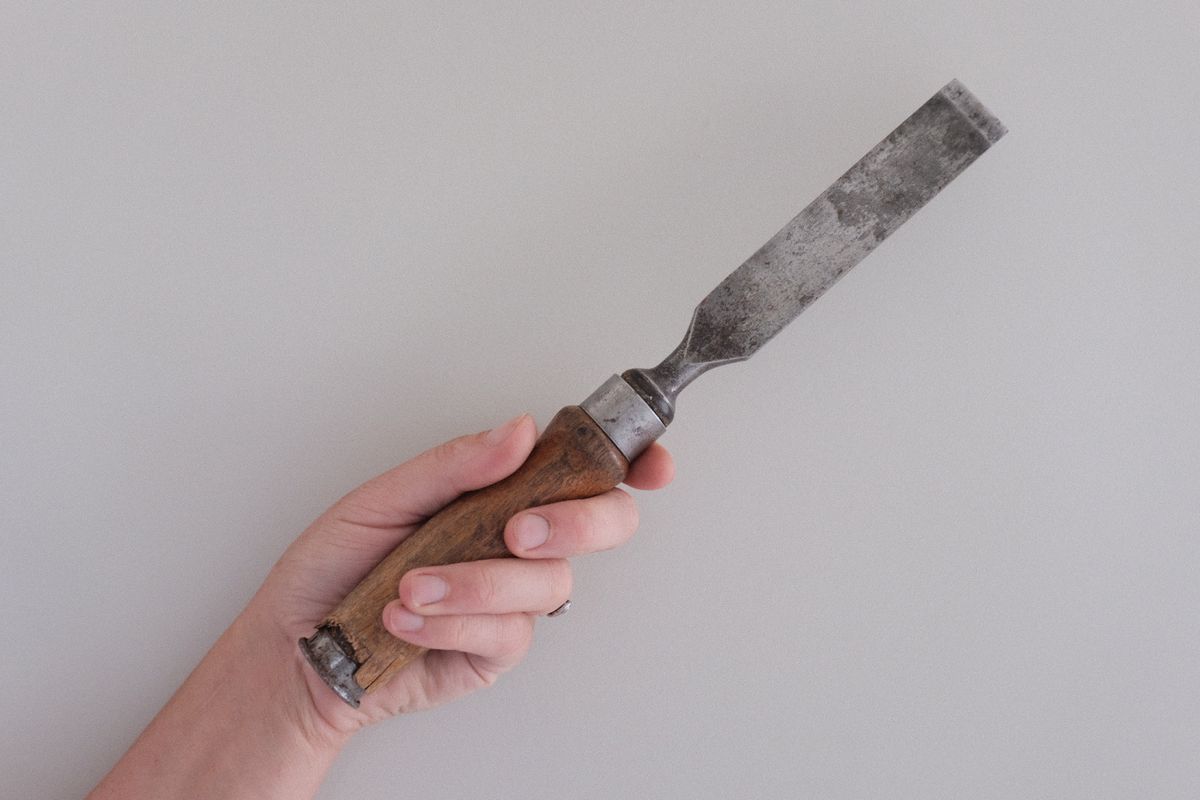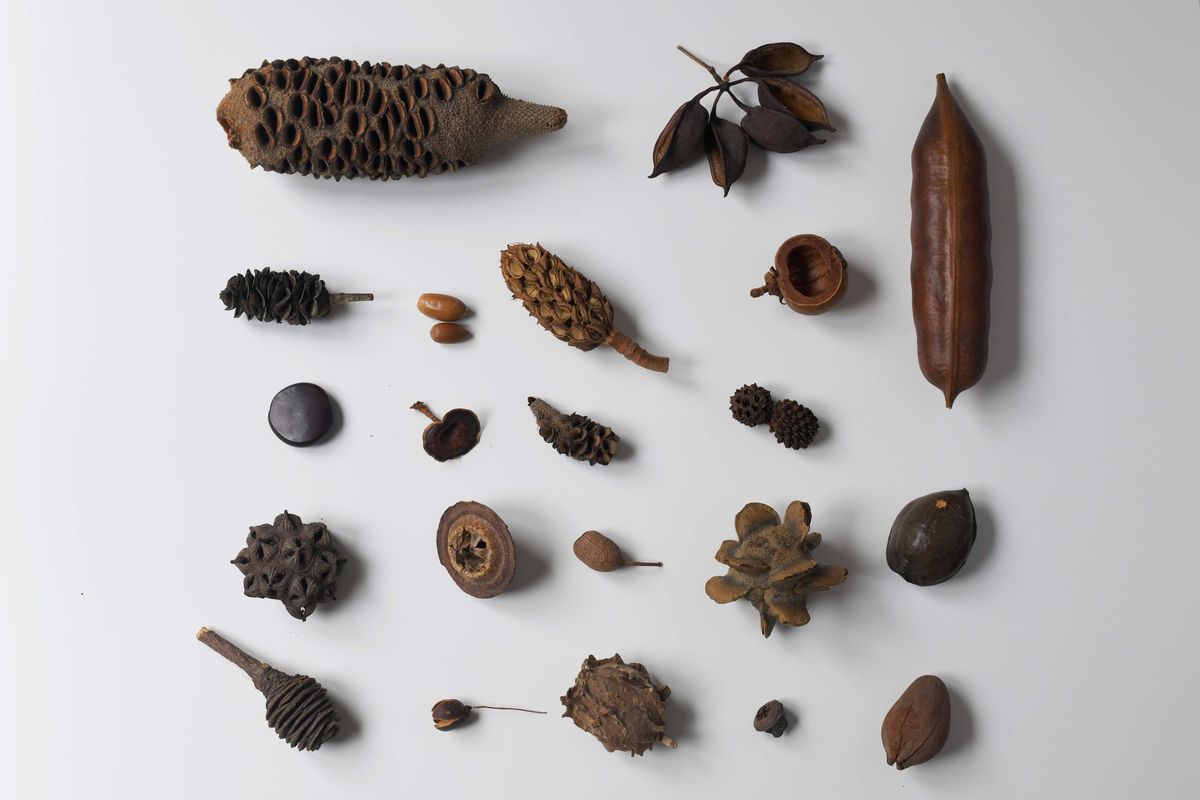Simone Bliss is a landscape architect and creative director of SBLA Studio. Her innovation, creativity and inclusive approach to design is highly valued within the creative industry. She has eighteen years experience in masterplanning, feasibility studies and full design services for projects of varying scales – from city wide to detailed bespoke furniture and custom play elements. Prior to establishing SBLA studio she worked on a number of landscape architectural projects both in Australia and internationally including Bendigo Kangan Tafe redevelopment, Nightingale 2.0, Auckland Waterfront, RMIT University, Vietnam and the Pod Playground at The National Arboretum in Canberra. She has recently been selected to be a panelist on the City of Melbourne’s Design review panel for 2022.
Chisel
This chisel was owned by my papa (grandfather) Wilfred Booth and his father, and now has now been passed on to me. Wilfy was a patternmaker, an observer and a thrifty man. He was comfortable with time, pause and the beauty of slowness. He taught me to sand sparkplugs to make them last longer, to carefully bite batteries to get a little more out of them, and to be considerate – for once an object leaves your hand it is in the world forever. In an instant world, slow design is the counter. Design thinking takes time – and landscape continues to change and evolve long after we, as designers, have left.
Chisel
Image: Kate McCracken
Seed pods (various)
In my early thirties, I travelled to Addis Ababa in Ethiopia to design a wildlife sanctuary for UK-based organisation Born Free Foundation. I was working for TCL then and we were collaborating with a now dear friend, British architect and zoo designer David Hancocks. After our trip, David gifted me his collection of seed pods, collected by him on a number of his adventures. David’s life’s work has been to push the boundaries of what a zoo might be and who it is for, and his stories, activism and generosity have had a profound influence on me. The seed pods sit on my studio bookcase next to gneiss stone from Switzerland’s Therme Vals and cement from a railway line demolished to make way for Docklands’ Circular Quay. They are all visual memories of the interconnectedness between humans and nature.
Seed pods (various)
Image: Kate McCracken
Pina Bausch
In my late twenties, a friend showed me German choreographer Pina Bausch’s dance piece Café Müller. The viewing left me feeling haunted, tender and vulnerable. I had never seen anything like it. How could so much atmosphere be created through choreography and the layout of a room, chairs, music and light? I see much in common between theatre and the spatial design of public spaces. Public space, in one sense, is a platform to be appropriated. The most celebrated spaces are the tangible ones that act as hosts for the crafting of mood, shadow, light and movement. Following Bausch, I strive to create emotionally moving experiences through the design of space.
Pina Bausch
Image: Kate McCracken
Collage
At 20, I went to London to live for a few months, intending to setup a base from which to explore Europe. Instead of the big city however, I found myself in a village some 100 kilometres to the north called Banbury. There I met an English chap called Mark Shepherd who gifted me a piece of his work. Mark painted landscapes with acrylic and collected recycled materials that he turned into collages, blurring together paper and paint into works of imperfect beauty. Mark has a shadow box at his home in St Leonards-on-Sea. The box contains several objects that I’ve sent to him from my travels – a motorbike sculpture crafted from a Bundaberg ginger beer bottle cap, a dress pin from Addis Ababa, a badge from Hoi An, as well as some photos. Mark’s works have encouraged me to explore paint and collage as a way to communicate landscape, and have taught me that beauty there lies within the imperfect, the incomplete, arising from the connection between the hand and the paper.
Collage
Image: Kate McCracken
This text is an excerpt from the catalogue for Subject/Object, an exhibition curated by AILA Cultivate that explored the intersection of everyday living and design practice. The exhibition took place from 17 March to 20 March at 514 Elizabeth Street, Melbourne as part of the 2022 Melbourne Design Week program.

